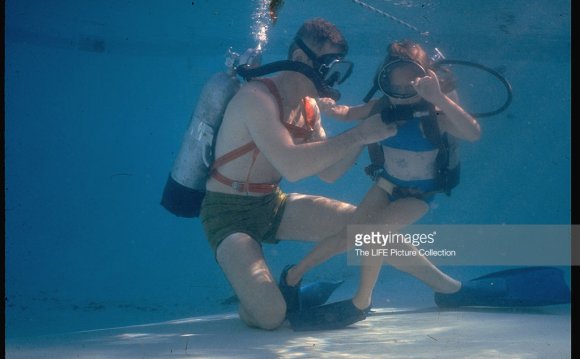
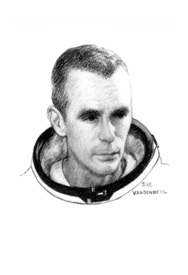
1934-Present
Before Cernan left the moon on the Apollo 17 mission he remembered his daughter in a special way. âI drove the Rover about a mile away from the LM and parked it carefully so the television camera could photograph our takeoff the next day. As I dismounted, I took a moment to kneel and with a single finger, scratched [my daughter] Tracy’s initials, ‘TDC, ’ in the lunar dust, knowing those three letters would remain there undisturbed for more years than anyone could imagine.â
- Made three space flights: Pilot of Gemini 9, Lunar module pilot of Apollo 10, and Apollo 17 the last landing on the moon.
- 4, 800 hours in jets and made 200 carrier landings.
- Involved with the Apollo-Soyuz test project.
Biography
Eugene A. Cernan, one of this nationâs most experienced astronauts, flew onboard the Gemini 9, Apollo 10, and Apollo 17 space missions. As commander of the final Apollo moon mission, he was the last of twelve astronauts to leave his footprint on the moon. By the time he left that famous footprint, he had spent a record amount of time on the moon. However, Cernanâs accomplishments are certainly not limited to space exploration.
Born in Chicago, Illinois, on March 14th, 1934, Cernan graduated from Purdue University with a Bachelor of Science degree in electrical engineering. He received his Master’s Degree in aeronautical engineering from the U.S. Naval Postgraduate School and then attended the Wharton School of Finance at the University of Pennsylvania and, finally, Northwestern University.
While at Purdue, Cernan enrolled in Navy ROTC. He went on active duty in 1956 and served aboard the USS Saipan prior to entering flight school in October of 1956. Cernan received his wings the following year and served as a light jet attack aviator attached to Attack Squadrons 126 and 113 at Miramar Naval Air Station, California. As a Naval Aviator, Cernan logged more than 5, 000 hours of flying time, 4, 800 of these in jets, and made more than 200 carrier landings. In October 1963, NASA selected him for the astronaut program.
Cernan first ventured into space with the Gemini 9 mission, launched on June 3rd, 1966. His then record two hours, ten minute space walk took place while his spacecraft completed one full orbit of the Earth. This mission also featured practice of three different rendezvous techniques, crucial for the future of the moon program.
For his second space flight, Apollo 10 in May of 1969, Cernan served as the lunar module pilot and flew the module Snoopy to within ten miles of the moonâs surface. This was the important final rehearsal for the Apollo 11 lunar landing later that year. Cernanâs test flight of the lunar module demonstrated its serviceability and performance in orbiting the moon and returning safely.
On December 7th, 1972, Cernan flew to the moon again, this time as spacecraft commander of the Apollo 17 mission. He and Dr. Harrison H. Schmitt took their lunar module Challenger to the Taurus-Littrow Valley on the edge of the Sea of Serenity. Over a three-day period Cernan and Schmitt spent more than 22 hours walking on the moon and, with the battery-powered rover, explored 21 miles of the moonâs surface. They deployed a small nuclear-powered science station and collected 250 pounds of rock and soil samples. During his three space flights, Eugene Cernan logged over 566 hours in space and spent more than 73 hours on the moon. Upon departure from the moon, Cernan expressed his belief that manned space exploration would continue, but his footprints remain the last left on the moon.
Following the Apollo 17 mission, Cernan joined the Apollo-Soyuz Test Project, a historic joint venture between the United States and the Soviet Union. He served as a senior negotiator during the planning discussions. Cernan actively participated in the designing, engineering, and development testing of spacecraft hardware and systems. He was a member of the NASA senior management team and reviewed decisions that directly affected operations and mission planning on the Apollo-Soyuz Test Project.
In June 1976, Cernan resigned from NASA and retired from the Navy as a Captain. He then joined Coral Petroleum, Inc. in Hometown, Texas, as the executive vice-president. He left Coral Petroleum in 1981 to become the President of the Cernan Corporation, a space-related technology and marketing consulting firm. He also serves as Chairman of the Board of Johnson Engineering Corporation, NASAâs chosen contractor to provide crew station support services at the Johnson Space Center in Houston, Texas. Cernan has also served as a technical consultant with the American Broadcasting Corporation in support of their news and special events programming related to the space program. In addition, Captain Cernan completed his autobiography, The Last Man on the Moon, in 1999.
RELATED VIDEO
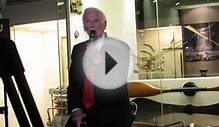
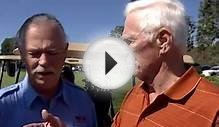
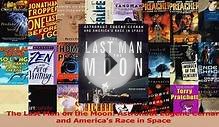

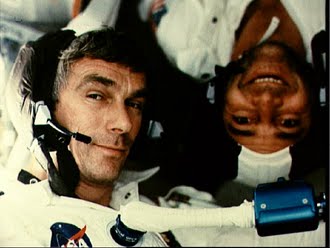 Plantronics is an electronics company producing audio communications equipment for business and consumers. Its products provide unified communications, mobile use, gaming and music. Plantronics is a publicly traded company (NYSE: PLT) headquartered in Santa Cruz...
Plantronics is an electronics company producing audio communications equipment for business and consumers. Its products provide unified communications, mobile use, gaming and music. Plantronics is a publicly traded company (NYSE: PLT) headquartered in Santa Cruz...
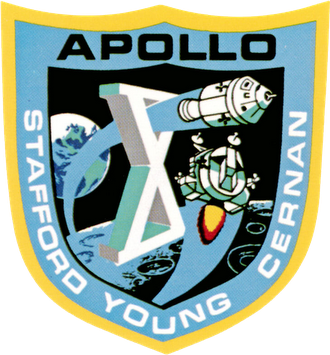 Apollo 10 was the fourth manned mission in the United States Apollo space program. It was an F type mission—its purpose was to be a "dry run" for the Apollo 11 mission, testing all of the procedures and components of a Moon landing without actually landing on the...
Apollo 10 was the fourth manned mission in the United States Apollo space program. It was an F type mission—its purpose was to be a "dry run" for the Apollo 11 mission, testing all of the procedures and components of a Moon landing without actually landing on the...
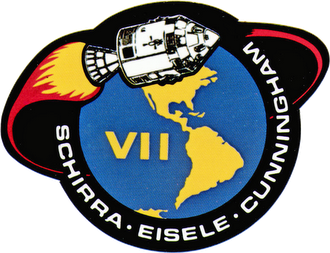 Apollo 7 was the first manned mission in the United States Apollo space program, and the first manned US space flight after a cabin fire killed the crew of what was to have been the first manned mission, AS-204 (later renamed Apollo 1), during a launch pad test in...
Apollo 7 was the first manned mission in the United States Apollo space program, and the first manned US space flight after a cabin fire killed the crew of what was to have been the first manned mission, AS-204 (later renamed Apollo 1), during a launch pad test in...








